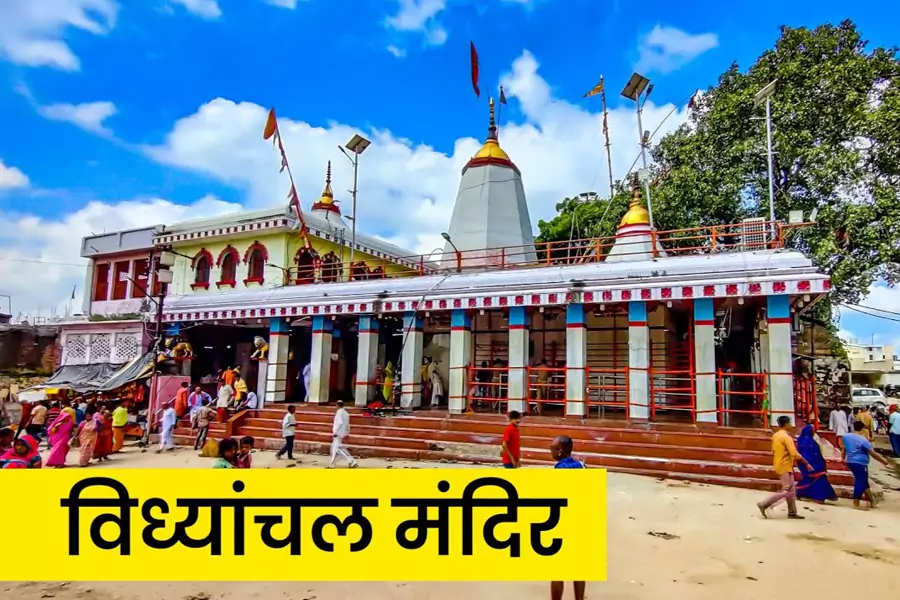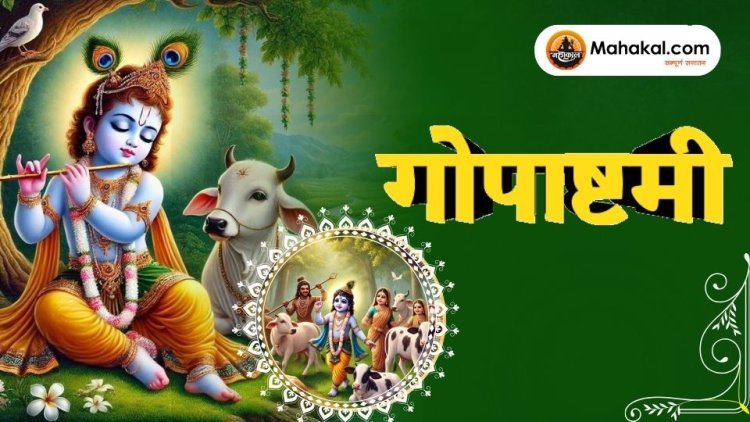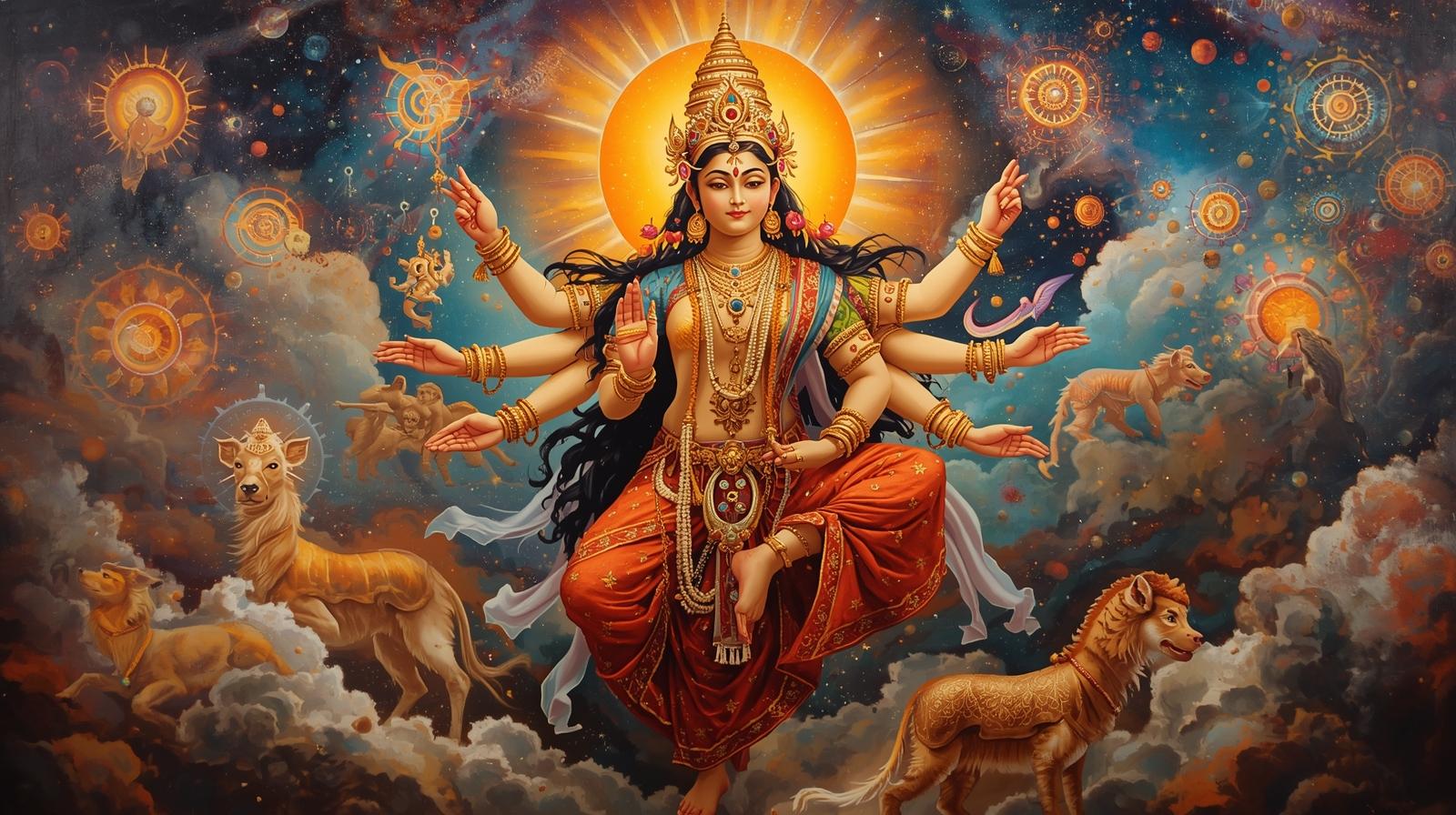⭐ Mahakal Bhasma Aarti – Timing, Process & Online Booking Guide
🔱 Introduction – What is Mahakal Bhasma Aarti?
महाकालेश्वर मंदिर की भस्म आरती दुनिया की सबसे अनोखी और पवित्र आरतियों में से एक है। यह आरती उज्जैन के महाकालेश्वर ज्योतिर्लिंग पर तड़के सुबह की घंटों में की जाती है।
इस आरती में भगवान महाकाल को ताज़ी चिता की भस्म अर्पित की जाती है, जो शिव के काल-स्वरूप का प्रतीक माना जाता है।
भस्म आरती जीवन और मृत्यु के चक्र, वैराग्य और मोक्ष का संदेश देती है।
हर शिवभक्त का सपना होता है कि वह जीवन में एक बार इस आरती का दर्शन करे।
⭐ Bhasma Aarti Timing (भस्म आरती का समय)
भस्म आरती रोज़ सुबह होती है।
⏰ Daily Timing:
- सुबह 3:30 AM से 5:30 AM (तड़के सुबह)
- प्रवेश 3:00 AM से शुरू
- आरती शुरू होते ही प्रवेश बंद
Best Time to Attend
- श्रावण माह
- महाशिवरात्रि
- सोमवारी
(भीड़ ज़्यादा होती है, इसलिए booking पहले करें)
⭐ Eligibility for Bhasma Aarti
✔ पुरुष (Men):
- केवल धोती पहनकर प्रवेश
- ऊपर कोई कपड़ा नहीं (शर्ट/टी-शर्ट allowed नहीं)
✔ महिलाएँ (Women):
- साड़ी या सूट पहन सकती हैं
- मर्यादित वस्त्र अनिवार्य
✔ क्या Allowed नहीं है:
- मोबाइल
- कैमरा
- चमड़े के वस्त्र
- शॉर्ट्स / पैंट / जींस
- बैग
⭐ Bhasma Aarti Process (कैसे होती है आरती)
भस्म आरती में:
- भगवान महाकाल का जलाभिषेक
- पंचामृत अभिषेक
- गणेश-वंदना
- पवित्र रुद्र मंत्र उच्चारण
- चिता से आई ताज़ी भस्म अर्पण
- दीप और नागादों की ध्वनि
- भक्तों की सामूहिक प्रार्थना
यह आरती ऊर्जा, शक्ति और शुद्धता का दिव्य अनुभव देती है।
⭐ How to Book Bhasma Aarti Online (Online Booking Guide)
भाई, भस्म आरती की booking बहुत आसान है।
👉 Step-by-Step:
- महाकालेश्वर मंदिर की official booking site खोलें।
- “Bhasma Aarti Booking” पर क्लिक करें।
- अपना नाम, ID proof और date select करें।
- OTP verification करें।
- Entry pass download कर लें।
💡 Important Notes
- एक दिन में limited seats होती हैं
- ID proof साथ ले जाना mandatory
- Couples को combined pass भी मिलता है
- बिना booking के inside प्रवेश मुश्किल है
⭐ Offline Booking (Mandir par hi booking)
अगर online slots full हों:
- मंदिर के पास gate no. 4 पर offline counter होता है
- ID दिखाकर next-day pass मिल जाता है
- भीड़ ज्यादा हो तो same-day pass rare होता है
⭐ Must-Follow Rules
- पुरुषों के लिए सिर्फ सफेद धोती
- महिलाएँ साड़ी/सूट में
- 3 बजे से पहले पहुँचें
- मोबाइल बंद और जमा कर दें
- अनुशासन और शांति बनाए रखें
⭐ Spiritual Benefits of Bhasma Aarti
- नकारात्मक ऊर्जा दूर होती है
- मन और आत्मा शुद्ध होती है
- भय, रोग और अड़चनों से मुक्ति
- चित्त शांत और स्थिर होता है
- महाकाल की विशेष कृपा प्राप्त होती है
हर भक्त कहता है—
“जिसने भस्म आरती देख ली, जीवन धन्य हो गया।”
⭐ Conclusion
महाकालेश्वर की भस्म आरती सिर्फ एक अनुष्ठान नहीं—एक दिव्य अनुभव है।
यह भगवान शिव के समय, मृत्यु और मोक्ष के स्वरूप का प्रतीक है।
यदि आप उज्जैन जा रहे हो, तो भस्म आरती को अपनी यात्रा में जरूर शामिल करें।
जय महाकाल 🔱🔥












Leave a Reply